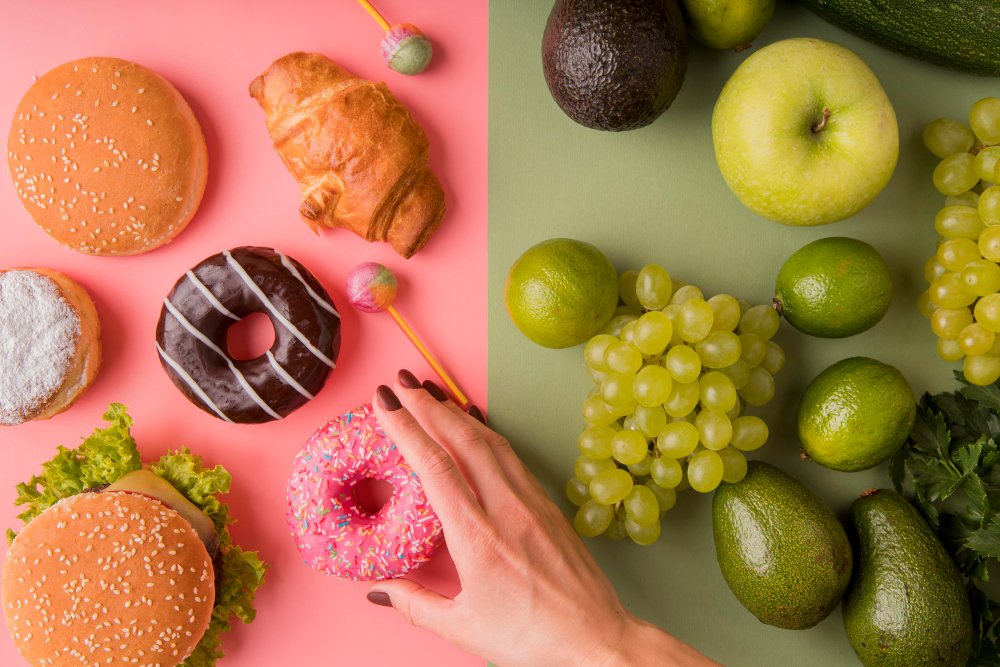Understanding Good Fats vs. Bad Fats

Understanding Good Fats vs. Bad Fats
For decades, fat was seen as the enemy of good health. Many people avoided it altogether, believing it led directly to weight gain and heart problems. But research now shows that not all fats are created equal. Some fats are actually essential for energy, brain function, and overall well-being — while others can raise the risk of disease.
What Are Fats?
Fats are a type of nutrient that provide energy, support cell growth, and help the body absorb vitamins like A, D, E, and K. They also play a key role in hormone production and keeping our skin and hair healthy. The key is distinguishing between good fats and bad fats.
Good Fats (Healthy Fats)
These fats support heart health, reduce inflammation, and provide lasting energy.
-
Monounsaturated Fats
-
Sources: Olive oil, avocados, nuts, seeds
-
Benefits: Lower “bad” LDL cholesterol and support cardiovascular health.
-
-
Polyunsaturated Fats
-
Sources: Fatty fish (salmon, mackerel, sardines), walnuts, flaxseeds, sunflower oil
-
Benefits: Contain omega-3 and omega-6 fatty acids, which are essential for brain function and reducing inflammation.
-
-
Natural Sources of Fat
-
Whole foods like nuts, seeds, fish, and plant oils provide important nutrients alongside healthy fats.
-
Bad Fats (Unhealthy Fats)
These fats can raise cholesterol levels, clog arteries, and increase the risk of chronic diseases.
-
Trans Fats
-
Sources: Processed foods, fried items, margarine, baked goods with hydrogenated oils
-
Risks: Raise LDL (“bad” cholesterol) and lower HDL (“good” cholesterol), increasing the risk of heart disease and stroke.
-
-
Excess Saturated Fats
-
Sources: Fatty cuts of red meat, butter, cheese, full-fat dairy, processed meats
-
Risks: When eaten in excess, can raise LDL cholesterol and contribute to heart problems. (Some newer research suggests moderate amounts may be less harmful than once thought, but balance is still key.)
-
Finding the Right Balance
-
Choose healthy oils like olive, avocado, or canola instead of butter or shortening.
-
Eat more fish rich in omega-3 fatty acids at least twice a week.
-
Snack smart with nuts, seeds, and avocado instead of chips or fried foods.
-
Limit processed and fried foods high in trans fats.
The Bottom Line
Fat isn’t something to fear — it’s something to manage wisely. Good fats are vital for your body and should be part of a balanced diet, while bad fats, especially trans fats, should be minimized. By making smart choices, you can enjoy the benefits of fat without the risks.
